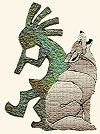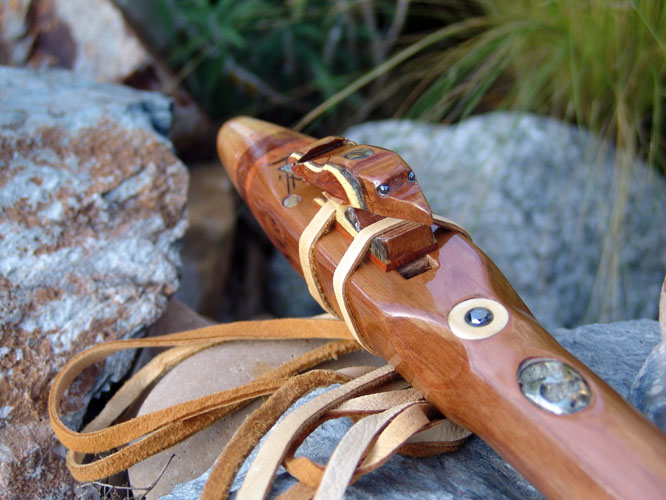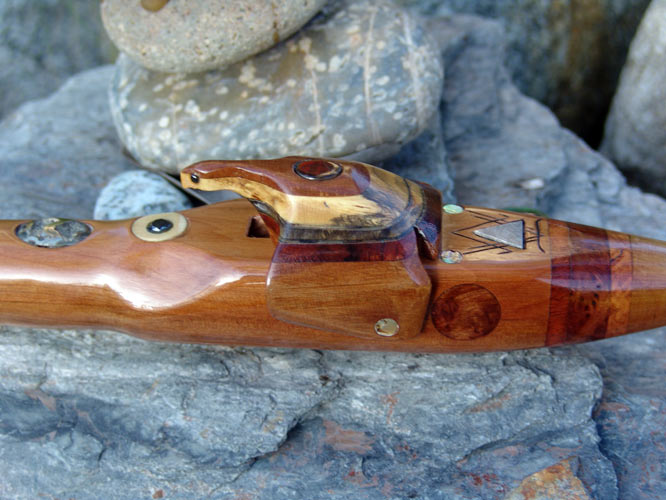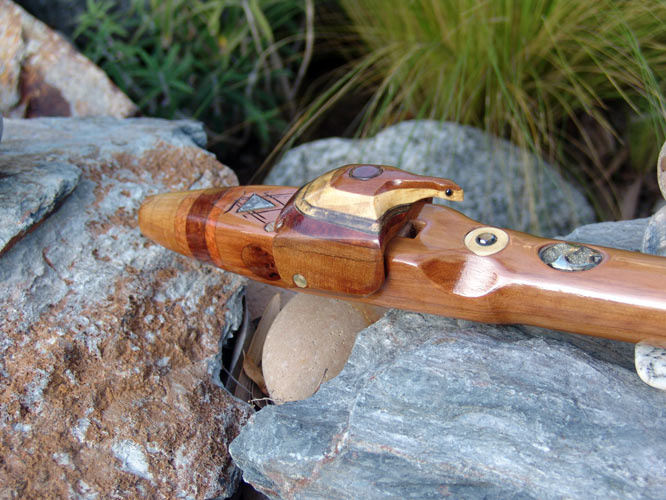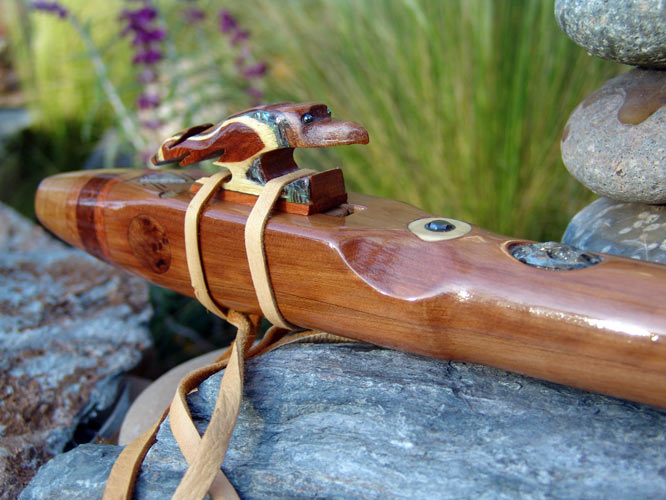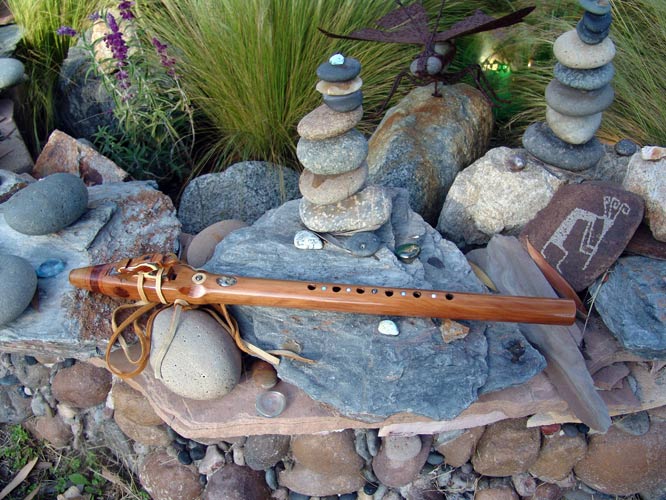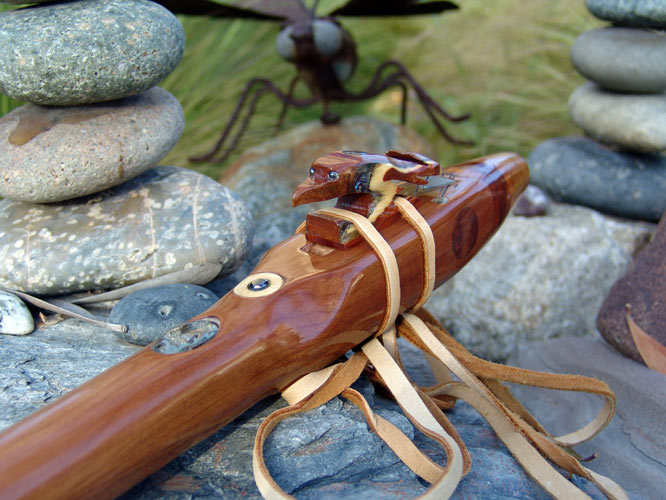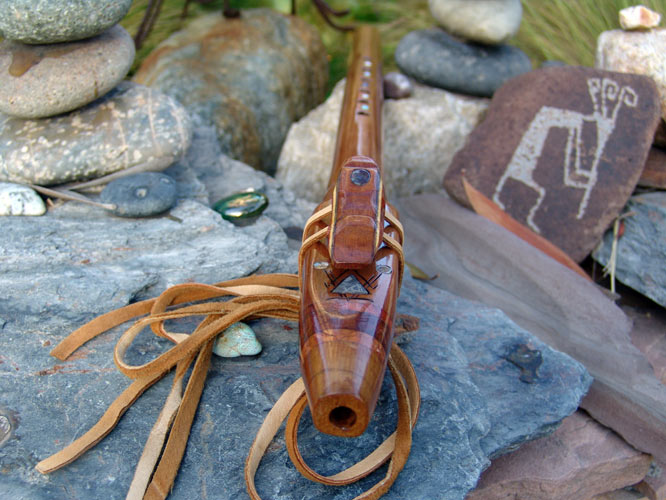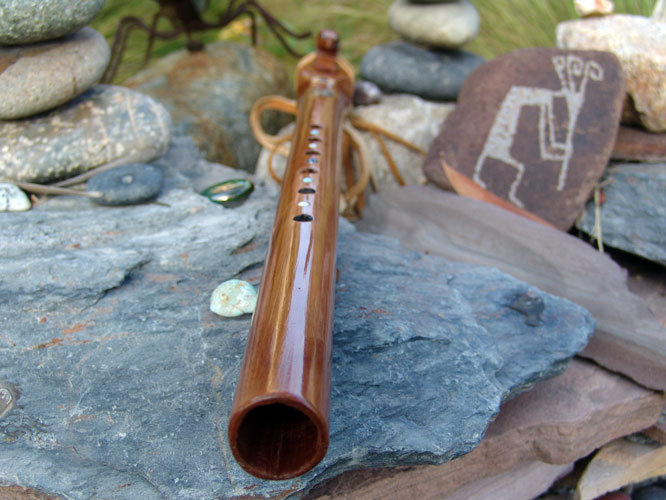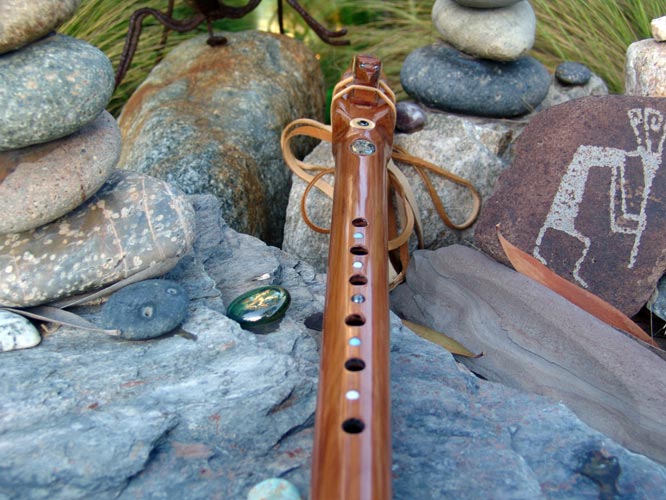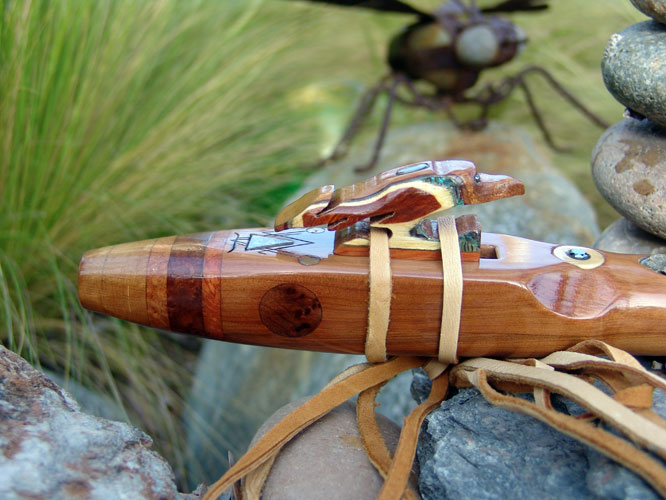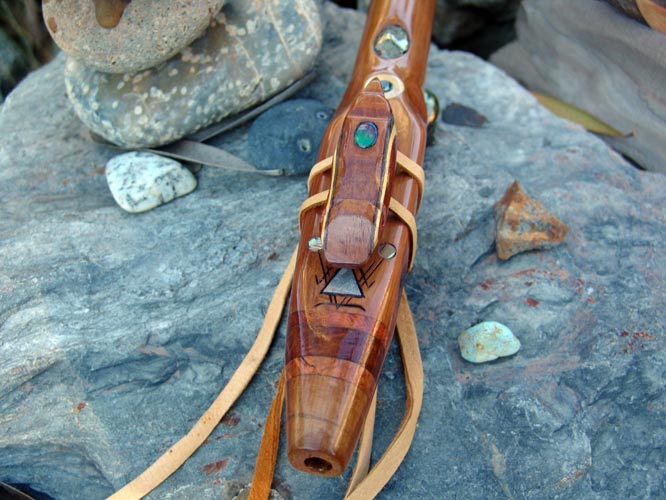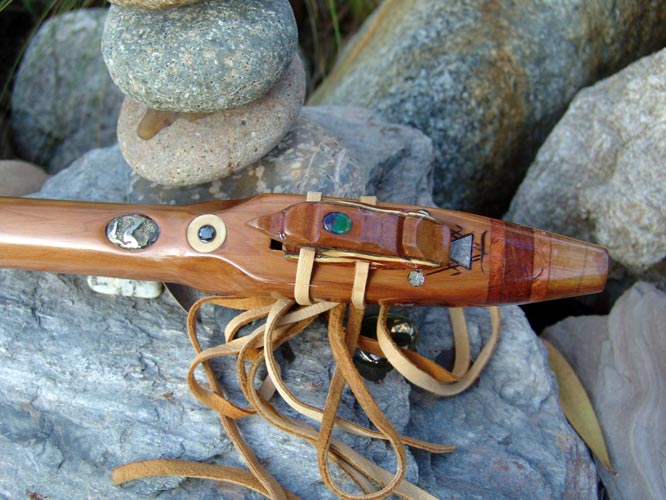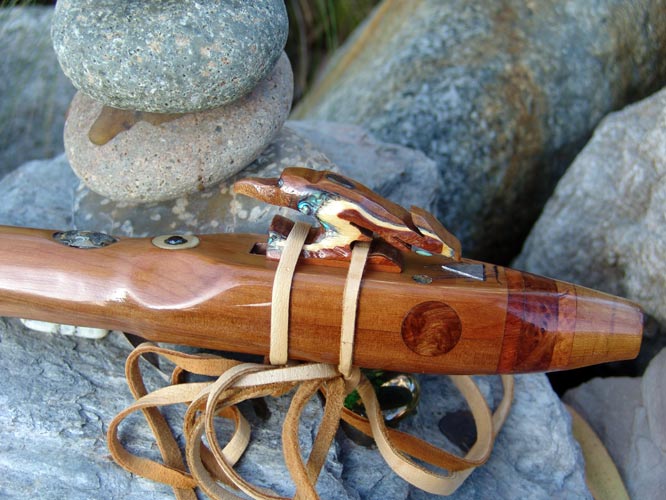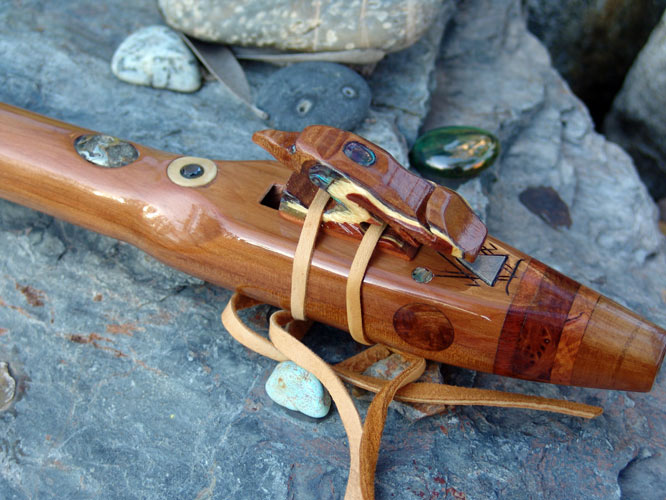$1,170.00
FREE DOMESTIC SHIPPING
Ancient Kauri Fm. “Vieja Linda” 3 of 3, second series
SOLD
Before addressing this build, I should outline the characteristics of some of the materials used. This NEW ZEALAND KAURI is bogwood. The variety is indigenous to New Zealand, and is approximately 50,000 years old. It may be older, but the accuracy of Carbon-14 dating falls off dramatically beyond 40,000 years. The wood was totally preserved as a result of the acids in the peat bog water at the time it fell over. When this tree fell, mankind had yet to venture out of Africa. Kauri still grows in New Zealand today, with a diameter about the size of a house. AMMONITE was a sea creature or Cephalopod, not unlike the Nautilus, that thrived in the shallows of various bodies of water worldwide, between 70 and 130 million years ago. Over 50,000 species suffered and recovered from various extinctions, and they ranged from passive plankton feeders, to aggressive predators with razor sharp beaks. Their mass extinction began 70 million years ago, when volcanic activity in the Rockies, covered large areas in meters thick ash, capping life below in iron rich bentonitic clay. The highly iron ion charged sediments then became the catalyst necessary to transform the inner shell of this creature into earth’s oldest and rarest gemstone. The large stone placed in the sound chamber of this instrument is a Russian ammonite. At 120 million years of age, the underside of this piece still had hints of the beauty of AMMOLITE. Ammolite is the inner lining of the shell of the Ammonite, which when fossilized will occasionally take on an opalescence and coloration of red, green, yellow, and rarely, blue and purple. I generally use Bear Paw ammolite. This material is harvested from Alberta Canada, and is approximately 70 million years old. Specifically, prior to the breakup of the super continent Pangaea into the various land masses, the Bear Paw Sea extended from the Arctic Circle, to present day New Mexico. This creature thrived in the shallows of that sea, along the eastern slopes of the Rocky Mountains.
The GIBEON METEORITE was stumbled upon by British explorers in Namaqualand Namibia, in 1836, as local tribesmen were using the material for spear points. It is in a class of fine Octahedrites, consisting of iron, nickel, and cobalt. The fall date was approximately 30,000 years ago, at a speed of 17 miles per second. Exploding overhead, the trajectory caused this material to be spread over 220 linear miles. The Gibeon is a fragment of an exploded star, and additional minerals consist of chromite, deabreelite, enstatite, kamacite, taenite, and tridymite. Subjected to radiometric dating, this fragment is 4 billion years old. I had this material milled and acid etched. The nitric acid etching makes visible the “Widmanstatten lines” wherein the elements of kamacite and taenite, re-align themselves as a result of cooling during the 4 billion year trip through space. From its original state as molten iron, at the time of the star’s explosion, the material cooled at the rate of ONE DEGREE Celsius for every thousand years of travel through space.
DIAMOND, is very popular in the US. We are the world’s largest consumers of this carbon based mineral. The pressure levels necessary to create a diamond occur between 87 and 120 miles below the earth’s surface. Interestingly, no carbon on earth is native to this planet. It all came from other stars. Once the compaction process begins, it takes from one, to 3.3 BILLION years to create a diamond from this carbon. Diamonds are really old.
TRILOBITES, are extinct marine arthropods, having appeared 521 million years ago, and disappearing with their final mass extinction 250 million years ago. There were 17,000 known species, and the two used in the display stand date from the mid Cambrian period, and were found in British Columbia.
HEMATITE is just sort of interesting. Most of the oldest material in the Universe is some form of iron compound. Hematite is the mineral form of iron oxide, and although plentiful on earth, has recently been found on Mars. Informally named “Blueberries”, the material was found in abundance at two locations on the planet by the Mars Global Surveyor, and the Mars Odyssey spacecraft.
ALASKAN WOOLLY MAMMOTH TUSK IVORY. This material, legally harvested from animals exposed from melting permafrost, is between 14-40,000 years old, and is used to accent the black diamond on the instrument.
The specifics of this build are as follows…This instrument is smaller than the other five I built over the last ten years. Specifically, it’s got a 7/8th inch bore, and is 21-7/8th inches in length. I guess that would make it Vieja Linda Lite…….moving along.The mouthpiece woods consist of 900 year old lace redwood burl, between layers of SE Asian amboyna burl, and capped with the Kauri. The bird or fetish, is again cut from 50,000 year old kauri, and requires included deerskin ties. The block is bonded to a base of Oklahoma red cedar, while wing overlay starts with Virginia walnut burl, Paua abalone, maple, and SE Asian amboyna burl wood. Accents to the compression chamber consist of 19mm disks of the lace old growth redwood burl…. ***A SECOND compression fit block, requiring no deerskin ties, and cut from a solid block of Kauri, was built specifically for this instrument, requiring 3 weeks to build and perfectly fit the flute body. It is very delicate. Paperwork addressing this block is included with the purchase. Specifically, overlay to the block of Kauri includes a layer of amboyna burl, paua abalone, California buckeye burl, addl. abalone, more buckeye, and is capped with the kauri. Inlay consists of a 9×13 mm Bearpaw ammolite cab set to the crown, and 2.3 mm African black diamonds, set as eyes.
Inlay for this instrument begins at the mouthpiece, with a 12x14mm pyramid cut of acid etched Gibeon meteorite, flanked by 6mm paua abalone cabs. Forward from the block is a 7mm, two carat faceted African black diamond, set into a 16mm disk of Alaskan wooly mammoth ivory. Following this, toward the foot of the flute, is a 14x22mm, 120 million year old Russian ammonite. The finger holes are then accented with four solid dome cut 4.8mm Australian fire opals, and a 6mm dome cut cab of hematite. Lastly, the bird includes a beautiful 7x9mm quartz capped Bear Paw ammolite, again set to the back, and 2.3mm hematite beads, set as eyes.Some odds and ends about the build. …
. As mentioned earlier, the flute includes a very simple two piece display stand, cut from the kauri, and inlaid with 14x18mm and 14x21mm trilobites. I’ve indicated on the underside of each piece where it goes to give the flute level positioning.
Purchase includes a protective fleece bag to be used in addition to the included cordura wrapped, fleece lined hard shell case manufactured by Mark Slater’s FluteCase Store.The last item included is a beautiful waterfall fringe buckskin bag, handmade by Ann Charles, and retailing for $165.00
The flute was tuned at an ambient temp. of 71.8 degrees F, with a wood temp. of 76.1 degrees, @ 62% humidity, and 65 ft. above sea level.
Again, as I’ve written about the first five of these instruments, each represents the best of my ability to craft a handmade flute. The build is an absolute labor of love, in that I’m fascinated with the timeless materials I get to hunt down and include. Each flute becomes a remarkable learning experience for me, and I get to share these materials in a wooden tube that makes noise. As previously stated, each build leaves me with the same awe of Mother Nature’s mystery and complexity as did the very first. Building, holding, tuning and testing these flutes gives me a sense that there is an unseen, unknown, grand scheme, and we all share in it, even if it is for a fraction of a cosmic second. These projects give me a sense that I am an active participant in that scheme, and is my prime motivation to build flutes. The moment you begin playing this flute, I believe you will too. RH
SOLD
